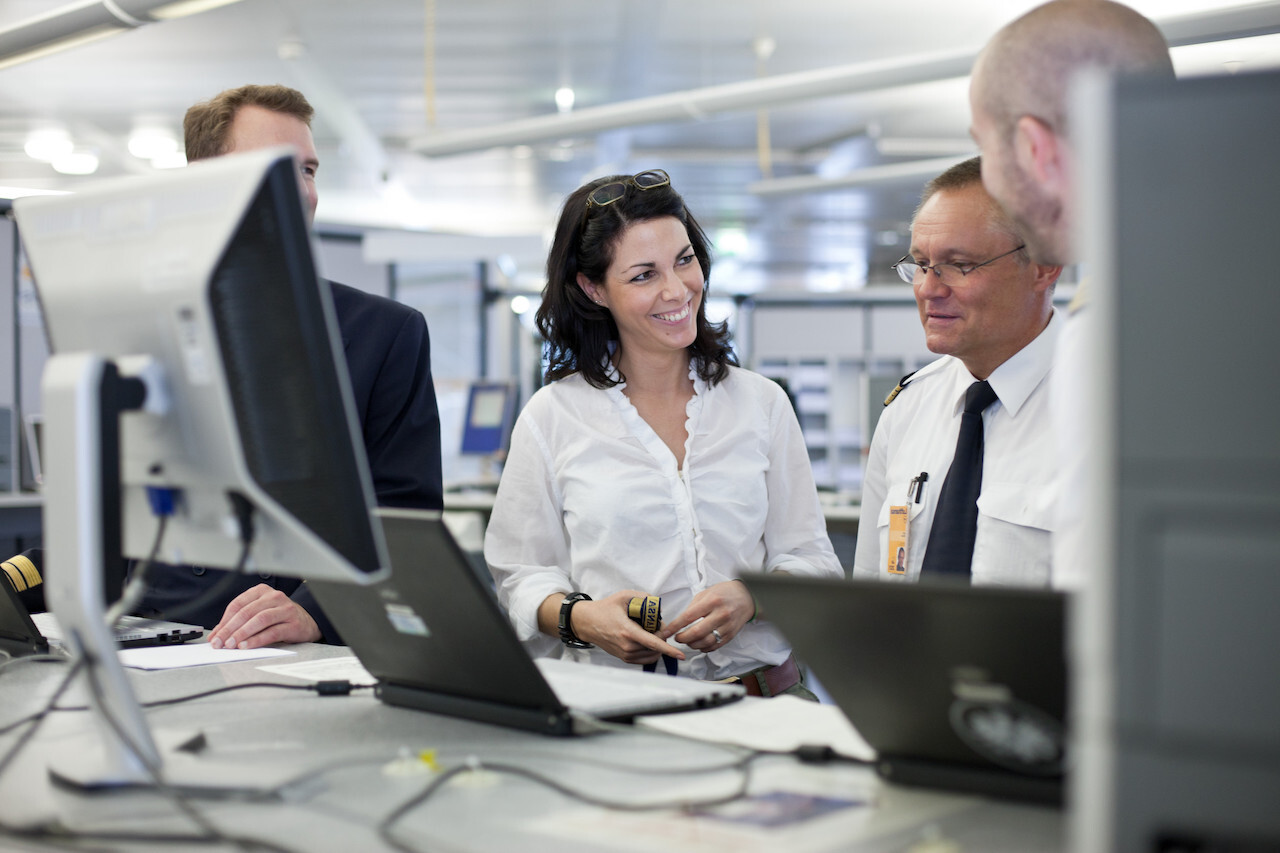
Ever wondered how airplanes manage to take off, fly, and land so smoothly? Flight operations are the backbone of aviation, ensuring every journey is safe and efficient. From air traffic control to ground crew coordination, countless elements work in harmony. But what exactly goes on behind the scenes? This blog post will uncover 12 fascinating facts about flight operations that will make you appreciate your next flight even more. Whether you're an aviation enthusiast or just curious, these insights will give you a new perspective on the complexities of air travel. Buckle up and get ready to learn!
Key Takeaways:
- Flight operations have come a long way since the first commercial flight in 1914, with technology, safety measures, and environmental efforts shaping the future of air travel.
- From air traffic control towers to sustainable aviation fuel, flight operations are constantly evolving to make air travel safer, more efficient, and environmentally friendly.
The Birth of Flight Operations
Flight operations encompass everything from planning routes to ensuring safety in the skies. Here are some fascinating facts about this intricate world.
-
First Commercial Flight: The first commercial flight took off on January 1, 1914, from St. Petersburg to Tampa, Florida. It carried one passenger and flew at an altitude of 50 feet.
-
Air Traffic Control: The first air traffic control tower was established in Cleveland, Ohio, in 1930. It used flags to communicate with pilots.
The Role of Technology
Technology plays a crucial role in modern flight operations, making air travel safer and more efficient.
-
Flight Management Systems: Modern aircraft use advanced flight management systems (FMS) to automate navigation and optimize fuel efficiency. These systems can even suggest alternative routes in case of bad weather.
-
Satellite Navigation: GPS and other satellite-based navigation systems have revolutionized flight operations. They provide real-time data, allowing for more precise and safer flights.
Safety Measures
Safety is the top priority in flight operations. Various measures are in place to ensure passengers and crew are protected.
-
Black Boxes: Every commercial aircraft is equipped with two black boxes: the flight data recorder and the cockpit voice recorder. These devices are crucial for investigating accidents.
-
Weather Monitoring: Advanced weather monitoring systems help pilots avoid turbulence and severe weather conditions. These systems can predict weather patterns up to 12 hours in advance.
The Human Element
Despite technological advancements, human expertise remains vital in flight operations.
-
Air Traffic Controllers: Air traffic controllers manage the safe and orderly flow of aircraft in the skies. They undergo rigorous training and must remain calm under pressure.
-
Pilot Training: Pilots undergo extensive training, including simulator sessions and real-world flying. They must pass multiple exams and maintain their skills through regular check-ups.
Environmental Impact
Flight operations have a significant impact on the environment, but efforts are being made to reduce this footprint.
-
Fuel Efficiency: Airlines are investing in more fuel-efficient aircraft to reduce carbon emissions. Newer models like the Boeing 787 and Airbus A350 are designed with this in mind.
-
Sustainable Aviation Fuel: Sustainable aviation fuel (SAF) is being developed to reduce the environmental impact of flying. SAF can reduce carbon emissions by up to 80% compared to traditional jet fuel.
Future of Flight Operations
The future holds exciting possibilities for flight operations, with innovations that could change the way we fly.
-
Electric Aircraft: Companies are developing electric aircraft that could revolutionize short-haul flights. These planes produce zero emissions and are quieter than traditional aircraft.
-
Autonomous Flights: The concept of autonomous flights is becoming a reality. Drones and unmanned aerial vehicles (UAVs) are already being used for cargo delivery, and passenger flights could follow suit in the future.
Final Thoughts on Flight Operations
Flight operations are a fascinating blend of technology, teamwork, and precision. From the intricacies of air traffic control to the meticulous planning of flight paths, every aspect ensures safety and efficiency. Pilots, air traffic controllers, and ground crew work together seamlessly to make air travel possible. Understanding these elements gives us a deeper appreciation for the complexity behind every flight. Next time you board a plane, remember the countless hours of training and coordination that go into making your journey smooth. Whether it's the science of aerodynamics or the art of navigation, flight operations are a testament to human ingenuity and dedication. So, the next time you look up and see a plane soaring through the sky, you'll know a bit more about the incredible effort that keeps it there. Safe travels!
Frequently Asked Questions
Was this page helpful?
Our commitment to delivering trustworthy and engaging content is at the heart of what we do. Each fact on our site is contributed by real users like you, bringing a wealth of diverse insights and information. To ensure the highest standards of accuracy and reliability, our dedicated editors meticulously review each submission. This process guarantees that the facts we share are not only fascinating but also credible. Trust in our commitment to quality and authenticity as you explore and learn with us.


